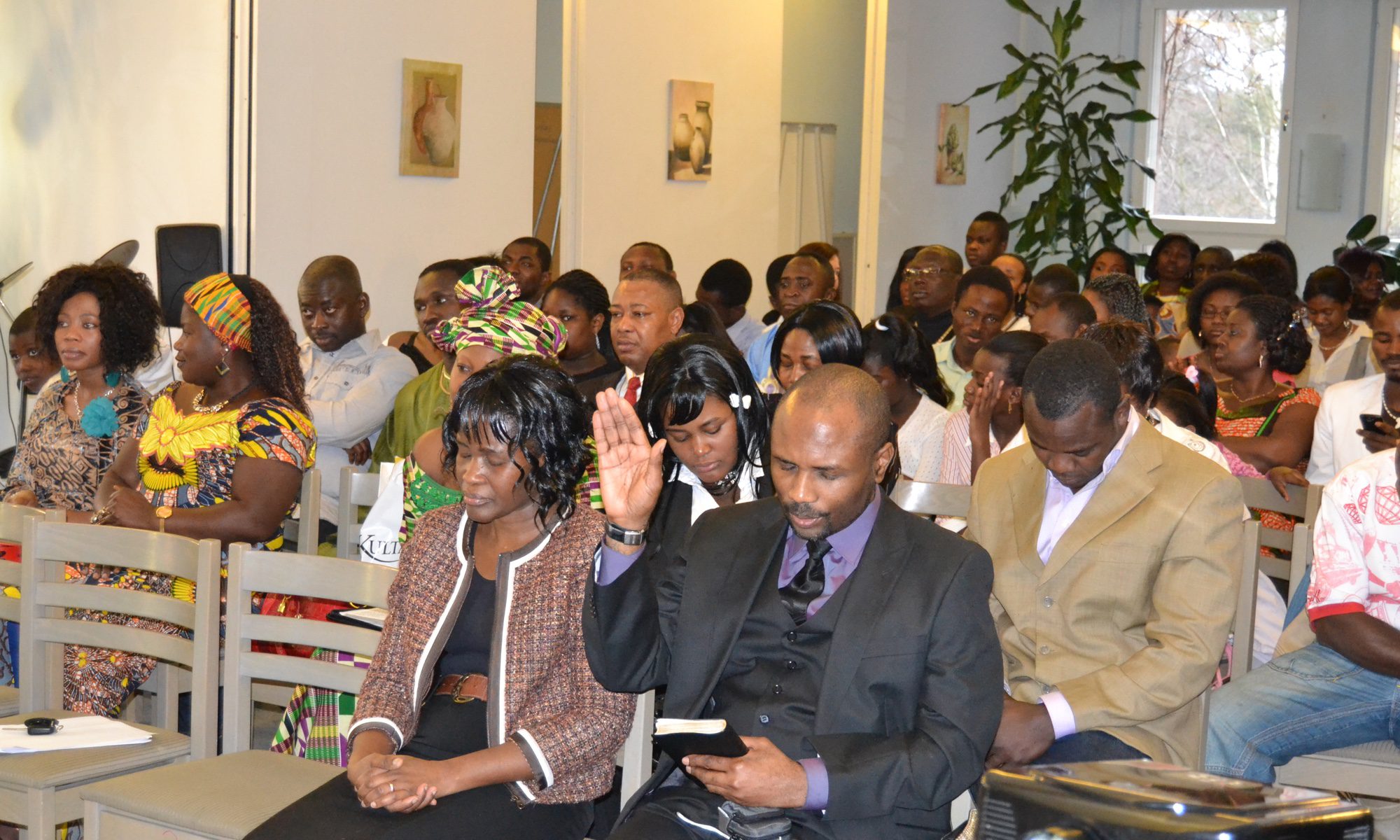Introduction
The Passover celebration given to the Israelites was one of the important events in the history of Israel. It was to be kept a feast to the Lord God throughout their generations forever. This presentation details the person of Christ as the reality of the Passover lamb that was killed to bring freedom to mankind.
The Passover and the Christ
The institution of the Passover that precedes the deliverance of the Israelites in Egypt was not a mere ordinance to be observed, but something that speaks of the life of Christ. God asked Moses to:
“Speak ye unto all the congregation of Israel, saying, In the tenth day of this month they shall take to them every man a lamb, according to the house of their fathers, a lamb for a house: And if the household be too little for the lamb, let him and his neighbor next unto his house take it according to the number of the souls; every man according to his eating shall make your count for the lamb. Your lamb shall be without blemish, a male of the first year: ye shall take it out from the sheep, or from the goats: And ye shall keep it up until the fourteenth day of the same month: and the whole assembly of the congregation of Israel shall kill it in the evening” (Exo 12:3-6).
At the appointed time, “Moses called for all the elders of Israel, and said unto them, Draw out and take you a lamb according to your families, and kill the Passover” (Exo 12:21). Moses, knowing the significance of the Passover, kept it by faith (Heb 11:28).
Metaphorically speaking, Paul urged the church to “Purge out, therefore, the old leaven, that ye may be a new lump, as ye are unleavened. For even Christ our Passover is sacrificed for us: Therefore let us keep the feast, not with old leaven, neither with the leaven of malice and wickedness; but with the unleavened bread of sincerity and truth” (1Co 5:7-8).
Jesus fulfills the description of the Passover lamb because Peter authoritatively writes of Jesus as a lamb without blemish or spot (1Pe 1:19). This character of Christ makes John the Baptist to describe Him as the Lamb of God that takes away the sins of the World (Joh 1:29-36).
Killed without the Gate
Specific instructions were given by God about where the Passover lamb needed to be killed and how it was to be eaten. The Passover lambs were killed without the gate (Num 19:3) and that in eating the Passover, they were to eat only the meat or the flesh but not to break any bone (Exo 12:46). Referring to Scriptures, Paul writes that “For the bodies of those beasts, whose blood is brought into the sanctuary by the high priest for sin, are burned without the camp. Wherefore Jesus also, that he might sanctify the people with his own blood, suffered without the gate. Let us go forth therefore unto him without the camp, bearing his reproach” (Heb 13:11-13).
As touching the Passover lamb, John also records that the Jews entreated that the legs of the people crucified be broken. The legs of the two persons crucified with Jesus were broken by the soldiers except those of Christ because when they came to him, it was discovered that He was already dead. This was done to fulfill the scripture that “a bone of Him shall not be broken” (Joh 19:31-36) as indicated in the above paragraph.
Conclusion
The Passover celebration of the Jews, as important as it was, has been done away with in Christ. Christ, our Passover lamb has been sacrificed for us. We have, therefore, been freed from the power of sin and death.
Prayer: Dear Lord; one thing we desire of you is to open our eyes to scriptures so that we shall see you in the pages of your Holy Book as we study it. Help us, in the name of Christ Jesus, our Lord. AMEN!

